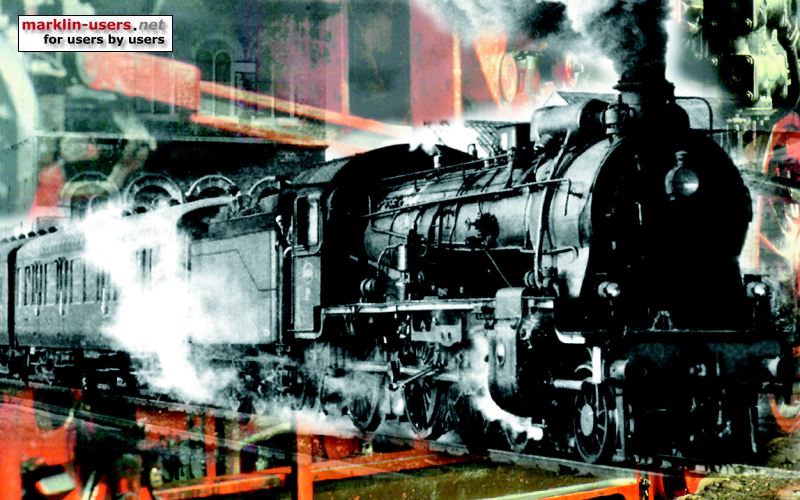
The printed board:
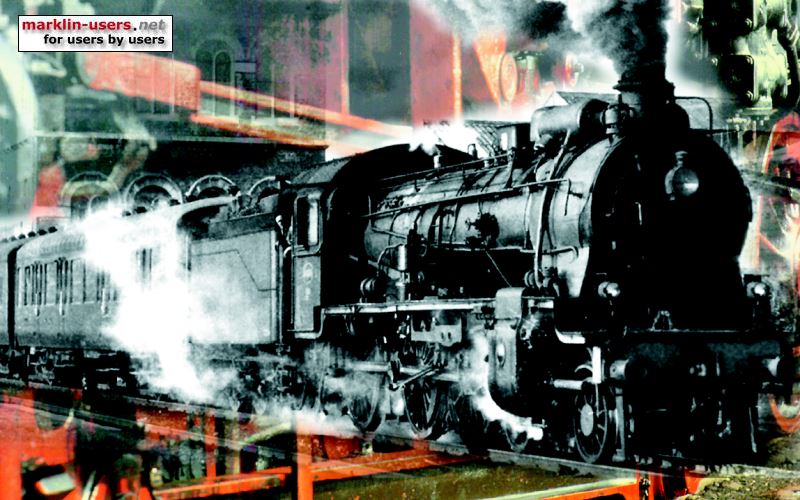
Please note the end of the interior. As it is very limited space between the interior and the circuit board, I had to make some cuts in it, but I cannot remember where. Please compare the photo with your interior.
The K.W.St.E. DW8, Kittel, is a very nice small steam driven railcar.
I did not like the light arrangement so much, so I wanted to convert it, to be able to switch both the front lights and the interior light on and off. At the same time, I got front and rear lights with constant voltage. The interior light are two 28 Volt T1 bulbs with long wire ends, bent to the same shape as the original ones. In addition, I installed a 270 Ohm resistor to each of them. If the original bulbs are used, bigger resistors are required, not to get a too intense light.
Kittel interior:
The printed board:


Please note the end of the interior. As it is very limited space
between the interior and the circuit board, I had to make some cuts in it, but I
cannot remember where. Please compare the photo with your interior.
Decoder:
The original Delta decoder in 3425 is installed in the "box" under the
railcar. I have tested the space for another decoder inside the box, and
both the mini 60902 decoder (Märklin part number 603462) and the decoder form
the 60760 conversion set fits, as they both are rather small and thin.
A mfx decoder should also fit. Please keep in mind that the drive shaft passes through the box. The drive
shaft is made of a current conducting material and is grounded, so beware
of short circuits. I have covered the drive shaft with several layers of
paint. The red wire to the pick-up shoe is soldered directly to the
shoe. The decoder is fixed to the bottom of the box with a sticky but
detachable green stuff from 3M.
Decoder functions:
f0 = front lights with directional change
f3 = interior light. Note: this function is
not official from Märklin. You have to remove the rubber/plastic cover to find
it, a free solder pad next to the gray wire. I do not know the maximum
allowable current.
f4 = acceleration and braking delay off
The decoder in it's normal position:
The 60760 decoder turned up-side down:
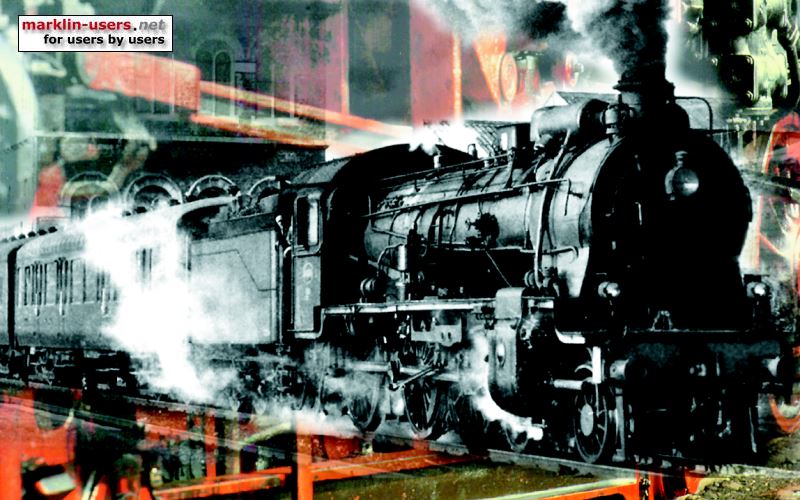
The wire (brown/yellow) to the internal light is connected to a solder pad, no. 3 form the top (next to the gray one)
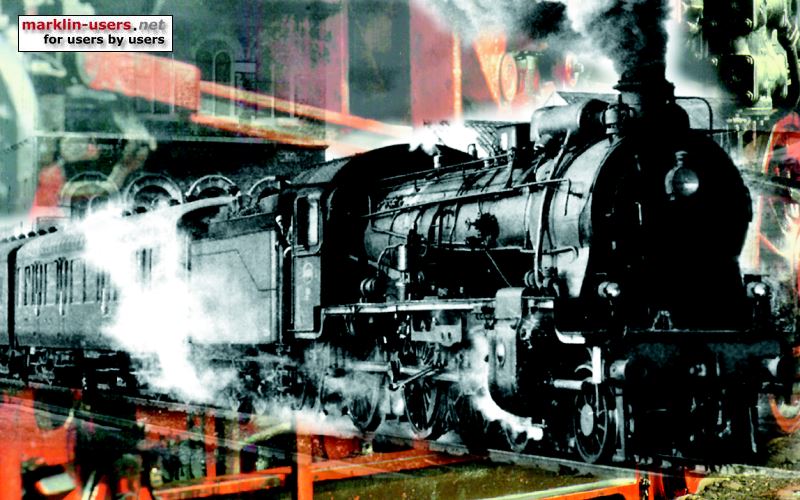
Inner printed circuit board:
The inner circuit board must be modified, to separate the front lights and the
interior light from the motor current. I addition, I have drilled a hole
in the circuit board for all the wires, just to the right of the upper end of the
noise suppressors. The two suppressors (3,9mH inductors) are glued on top of each other to the
circuit board.
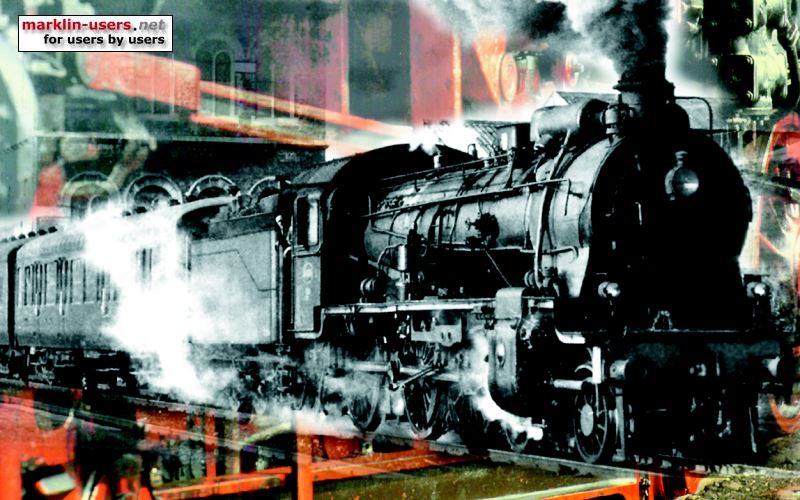
This photo is clickable, 2 Mb:
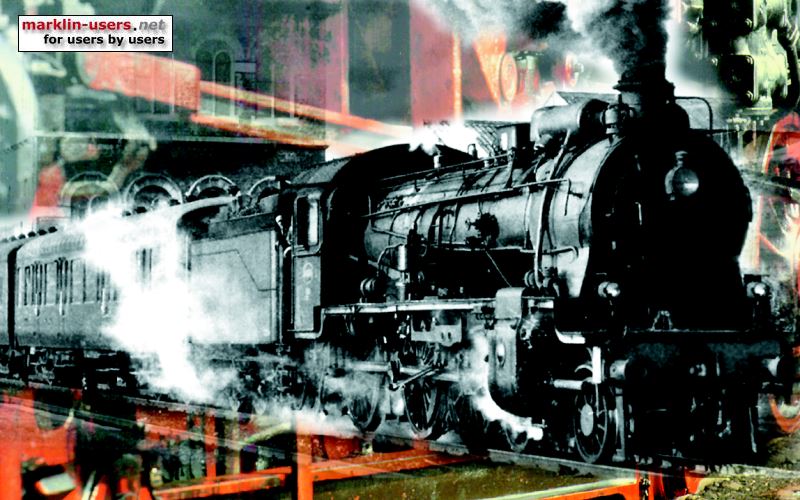
Some explanation to the coloured photo:
Orange arrows: Where the orange wire from the decoder is connected, two places
Orange leads: Common + to all lights
Yellow arrows: Visible positions where the leads have been cut by me, to
separate the light circuits from the motor
Red arrow: Invisible position where the lead have been cut (under the gray wire, the second lead from the board edge)
Pink arrow: Where the f3 output from the decoder is soldered (brown/yellow wire)
Pink lead: f3 connection to the interior light (pink selected in the photo
only for good visibility, brown/yellow would be correct)
Blue arrow: Solder bridge to connect the two "orange +" together
White leads: Connection between the series connected LEDs, hardly visible
between the rear LEDs (right in the photo, just a straight line)
Rf = resistor for the two front LEDs, for some reason I have used 2,6 kOhm
(red(2)-blue(6)-black(0)-brown(x10)). The light is a bit too dim.
Rr = resistor for the two rear LEDs, same value as Rf. I will replace
those resistors with 1,2 kOhm.
The current flow for the three sets of light:
Front light:
Orange wire (upper arrow) - orange coloured lead towards left (forwards) - front
upper LED - white lead - 0 Ohm "resistor" - white lead - front lower
LED - resistor Rf - grey wire
Rear light:
Orange wire (lower arrow) - orange coloured lead towards right
(rearwards/down/forwards) - solder bridge (blue arrow) - orange lead
(rearwards/up/rearward/down) - rear lower LED - white lead (upwards) - rear
upper LED - yellow lead (forwards) - Rr resistor - yellow wire
Interior light:
Orange wire (lower arrow) - orange coloured lead (rearwards) - lower
lamp sockets - bulbs with resistors (see interior photo) - upper lamp sockets -
purple lead - brown/yellow wire (purple arrow)
The yellow wire to the rear lights is connected to the RH end of resistor Rr
The gray wire to the rear lights is connected to the RH end of resistor Rf
The blue wire from the decoder is connected to the upper end of the noise suppressor
The green wire from the decoder is connected to the lower end of the suppressor
A photo of the assembled Kittel will come later.
Interesting information about the Kittel:
wikipedia, in German
www.diehugs.de, in German